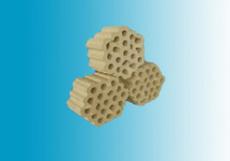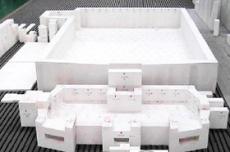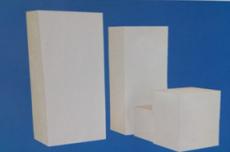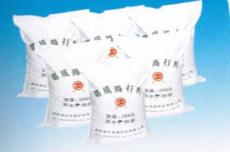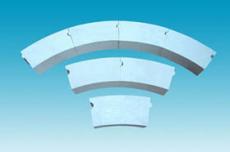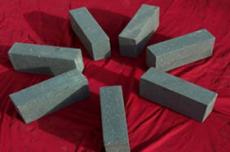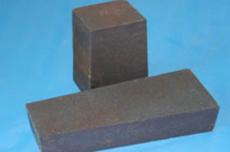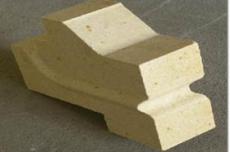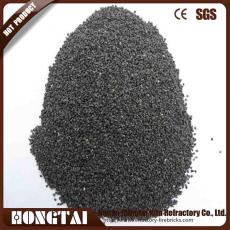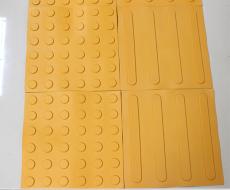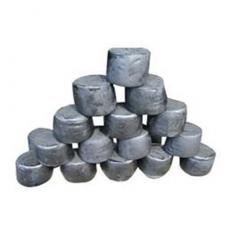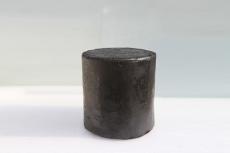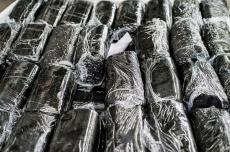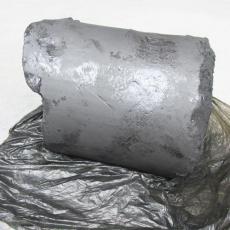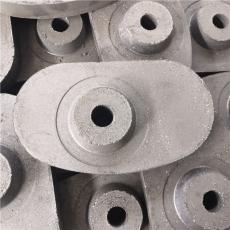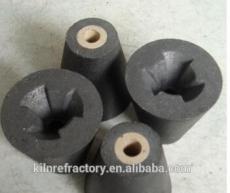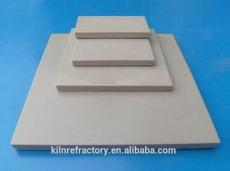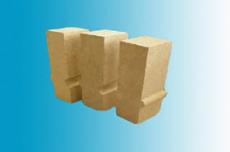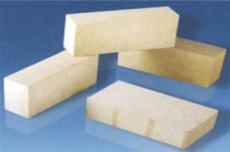
Silica bricks are acidic refractory materials with excellent resistance to acidic slag erosion. The load softening temperature is as high as 1640-1670℃, and the volume is relatively stable under long-term use at high temperature.
Silicon dioxide content is more than 94%. True density is 2.35g/cm3. It has the function of resisting acidic slag erosion. High high temperature strength. The load softening starting temperature is 1620-1670℃. It will not deform under long-term use at high temperature. Low thermal shock stability (heat exchange in water is 1-4 times) Natural silica is used as raw material, and an appropriate amount of mineralizer is added to promote the conversion of quartz in the blank into tridymite. Slowly fired at 1350-1430℃ in a reducing atmosphere. When heated to 1450℃, there is about 1.5-2.2% of the total volume expansion. This residual expansion will make the cut seam close, ensuring that the masonry has excellent air tightness and structural strength.
The load softening temperature of silica brick is relatively high, generally 1620~1670℃, which is close to its refractoriness. This is mainly because the main crystal phase of silica brick is a network structure of phosphotris with spearhead twins and the matrix is a glass phase with high viscosity.
When silica brick is heated under load, the temperature interval from the initial softening deformation to its destruction is not large. Once the softening temperature is reached, it will be destroyed quickly. The load softening deformation temperature range is very narrow, and the initial softening temperature is close to its refractoriness. This is a special feature of silica brick. The main factors affecting the load softening temperature of silica brick are the type, quantity, crystal form and chamber conditions of impurities in the brick. It is also related to the measurement conditions.
